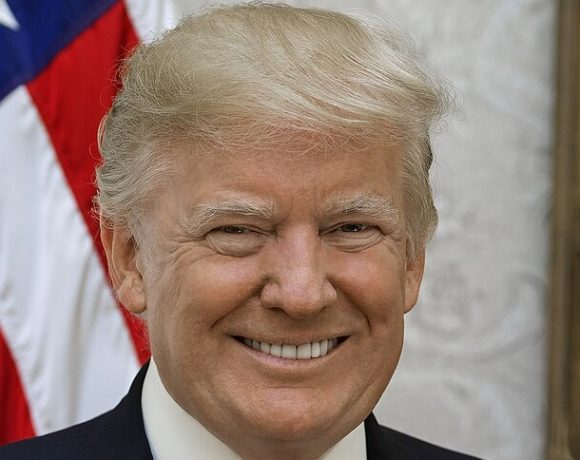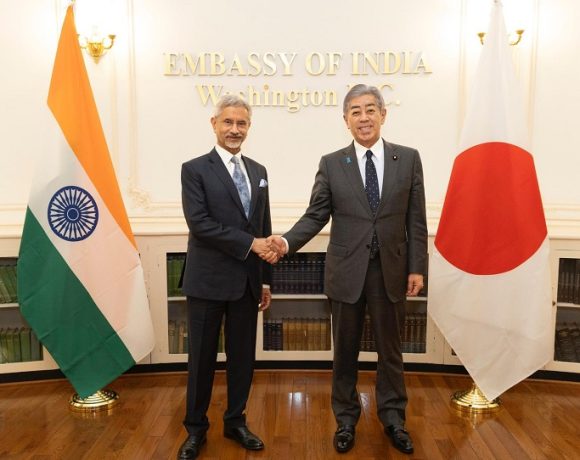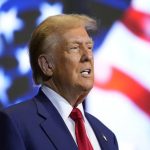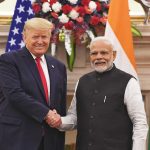
India in Final Push for Trade Deal as July 9 Deadline Looms
A senior Indian delegation led by chief negotiator Rajesh Aggarwal is in Washington, DC, in a last-ditch effort to finalize a limited trade agreement with the United States ahead of the July 9 tariff deadline. The ongoing talks are being held under heightened urgency as the temporary 90-day suspension of reciprocal tariffs nears expiry. Without a deal, both nations risk reimposing steep duties that could reignite trade tensions.
India is attempting to secure an “interim” or “mini-deal” that would avert the reapplication of 26% tariffs on certain Indian exports while offering calibrated concessions on a select range of U.S. products. These include reductions on industrial imports like almonds, pistachios, and walnuts, as well as broader commitments to purchase U.S. energy, aircraft, and defense-related goods.
India US Trade
At the heart of the stalemate are U.S. demands for expanded market access in India’s agricultural sector. Washington has insisted on lower tariffs and non-tariff barriers on crops such as corn, wheat, soybeans, and ethanol, and is pushing New Delhi to approve genetically modified (GM) crop imports and facilitate dairy trade. India has resisted these demands, citing domestic agricultural sensitivities, food security concerns, and the livelihood of small farmers.
In response, Indian officials have proposed a gradual and phased approach, pointing to existing U.S. barriers on Indian steel, aluminum, and automobile products—some of which carry duties exceeding 50%. New Delhi argues that any trade realignment must be mutual and sectorally balanced.
Tariff Deadline
The July 9 date marks the end of the truce period originally announced on April 2, when both sides agreed to pause retaliatory tariffs and give diplomacy a chance. Without an agreement, India and the U.S. are expected to revive punitive levies that could severely impact trade volumes and investor sentiment. With India exporting over $87 billion worth of goods annually to the U.S., the stakes are high for both economies.
Strategic Stakes
Beyond immediate tariff issues, the talks also carry strategic overtones. Bilateral trade between India and the U.S. touched $191 billion in 2024, and both countries aim to double this by 2030. Sectors like defense, clean energy, digital trade, and pharmaceuticals are being explored for deeper collaboration. An interim trade pact, if achieved, could serve as a foundation for broader engagement and bolster economic alignment amid growing geopolitical convergence.
Negotiators remain cautiously optimistic but aware that the margin for compromise is narrow. With just days to go before the deadline, the fate of the proposed deal now hinges on whether both sides can bridge their divergent priorities without undermining long-term strategic trust.


















